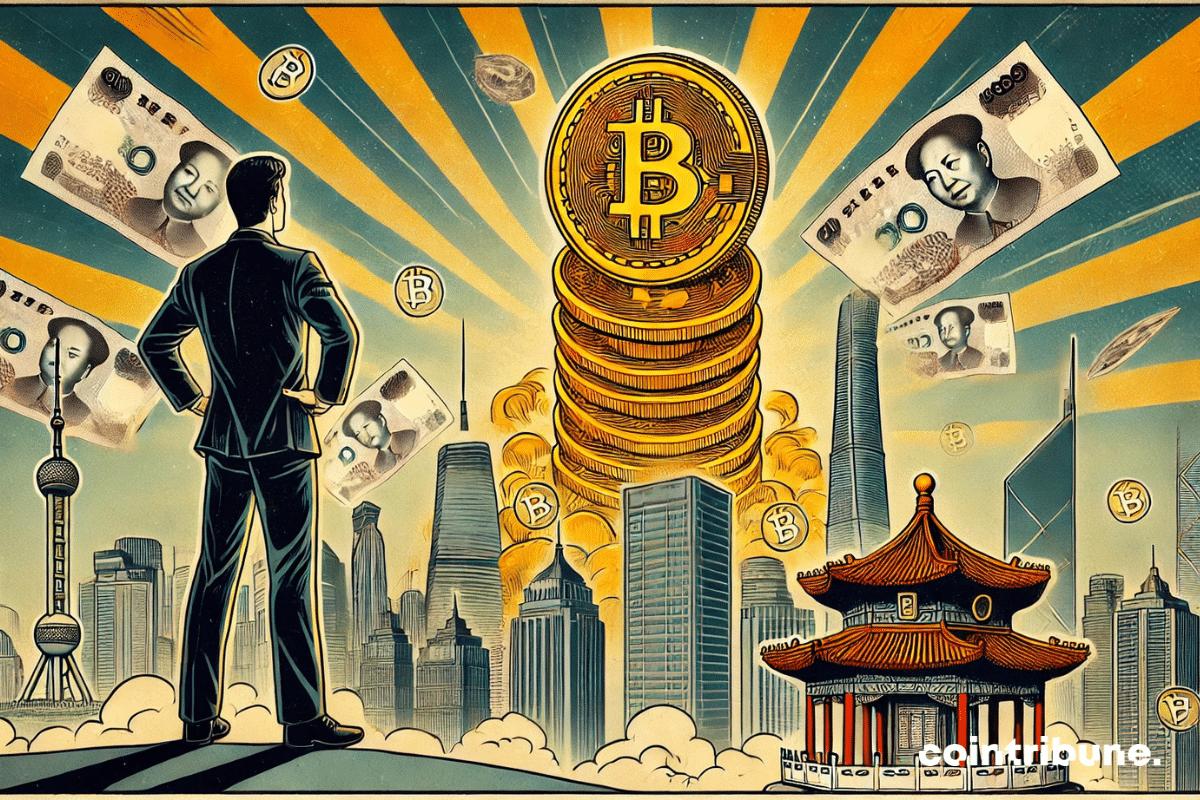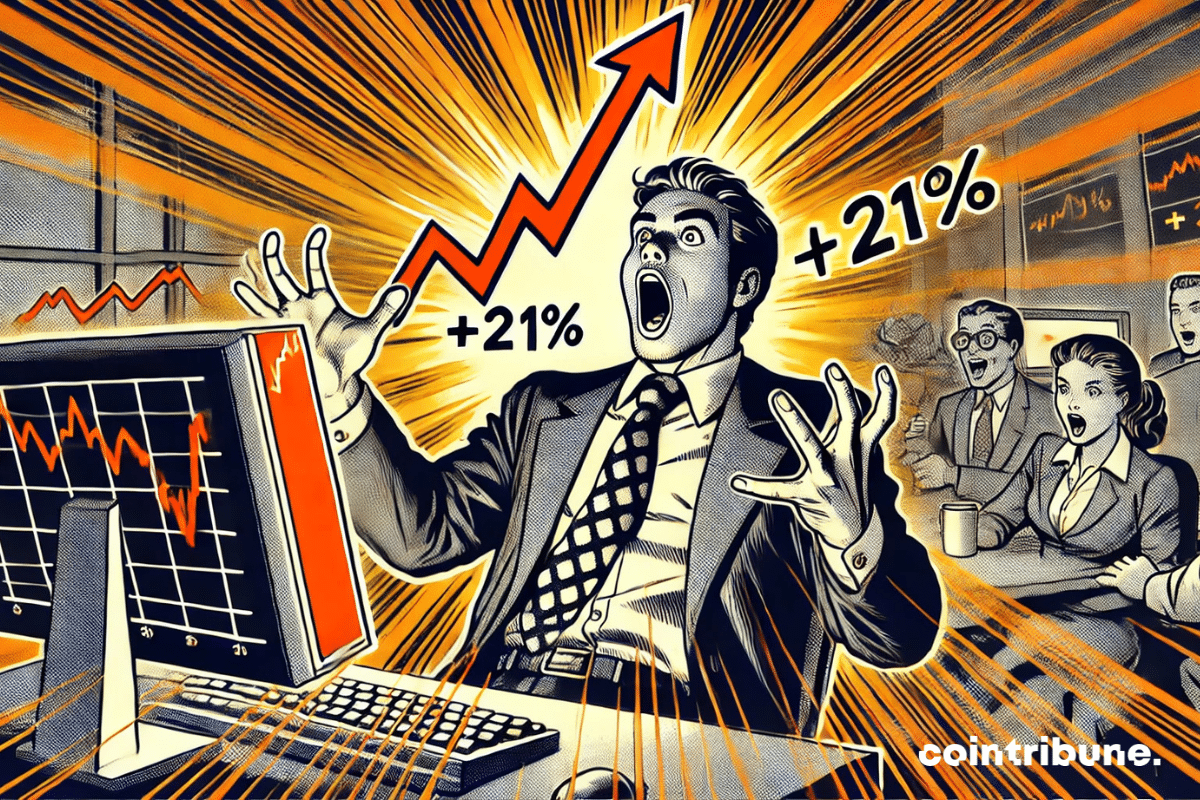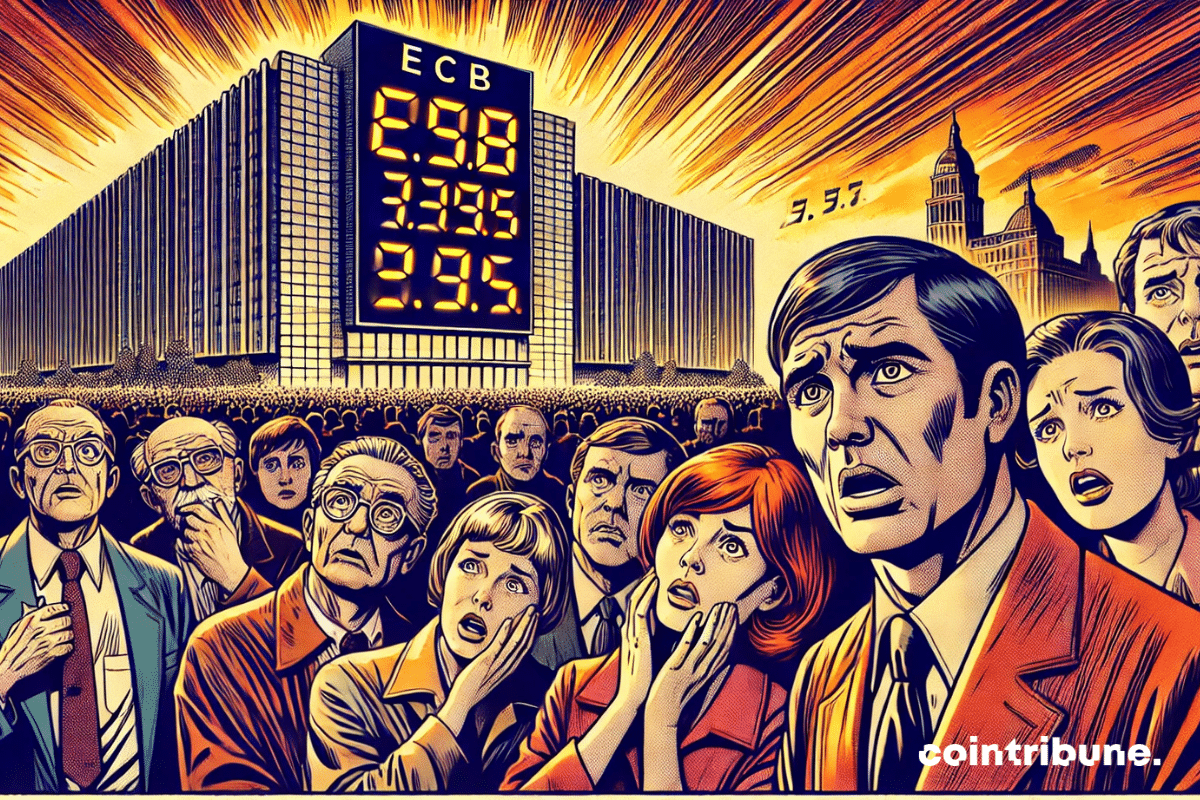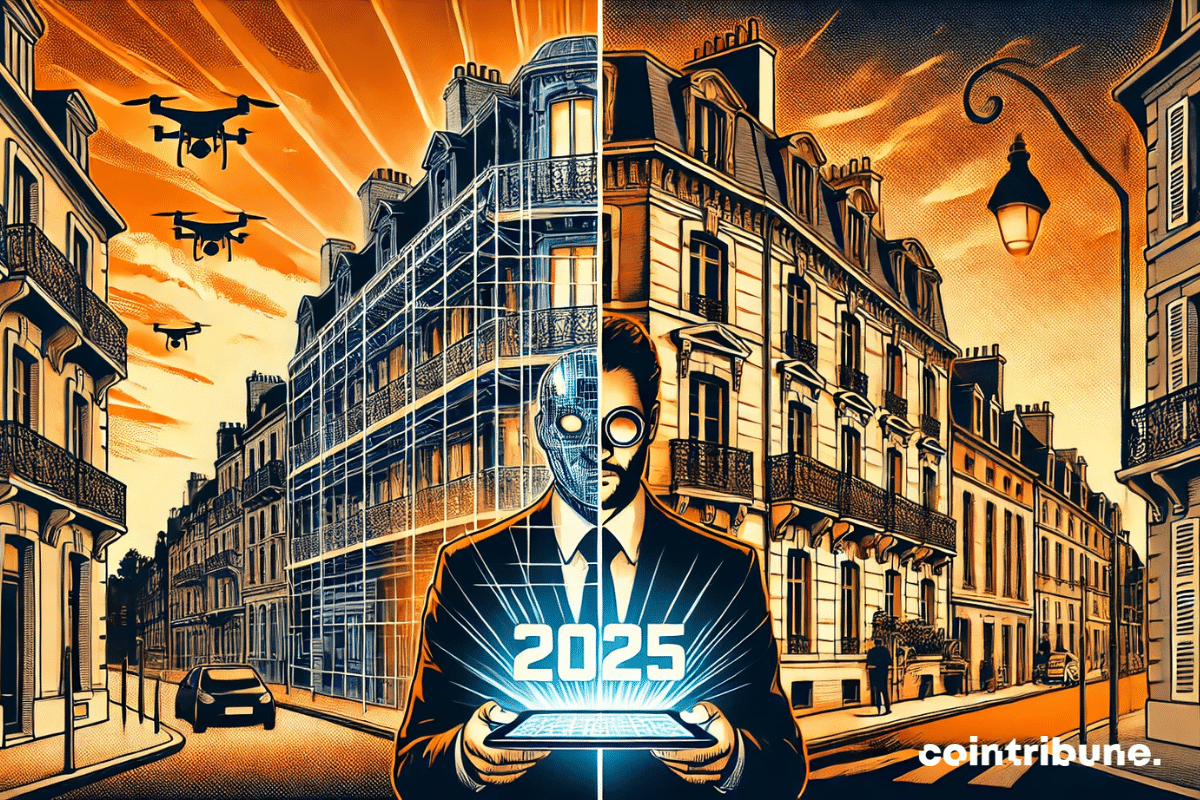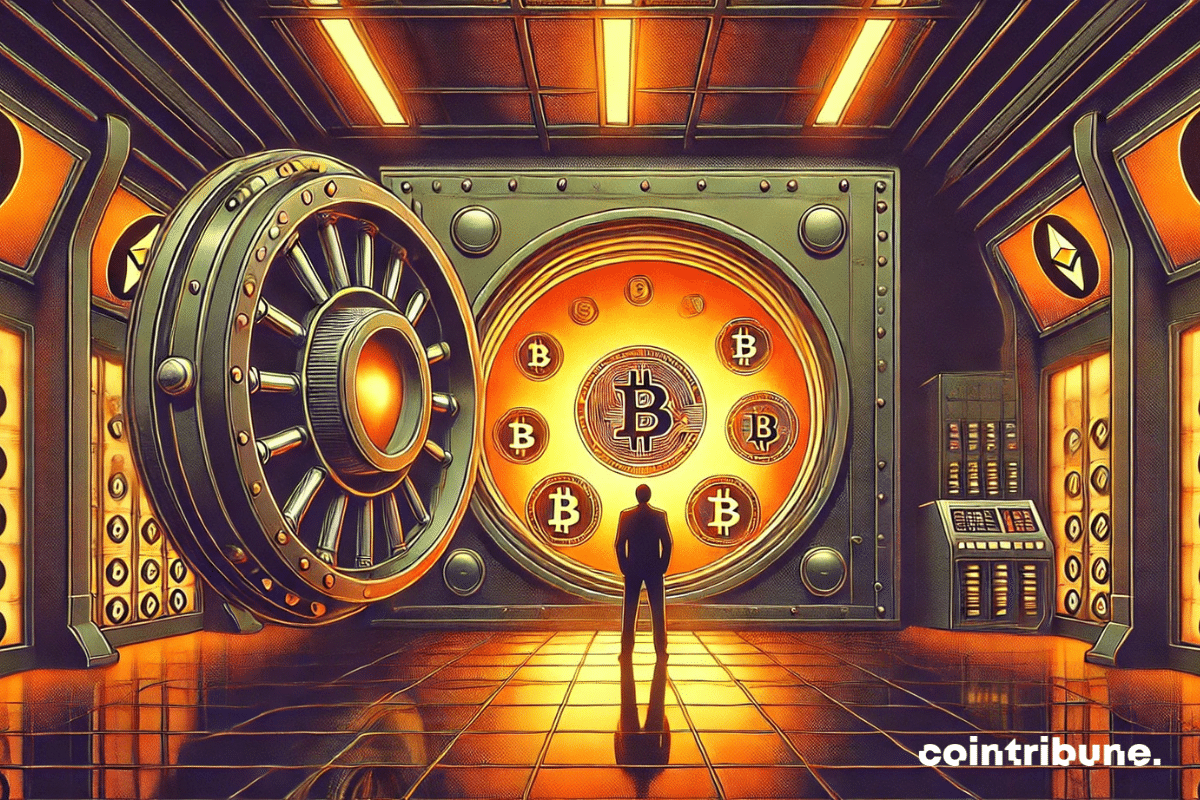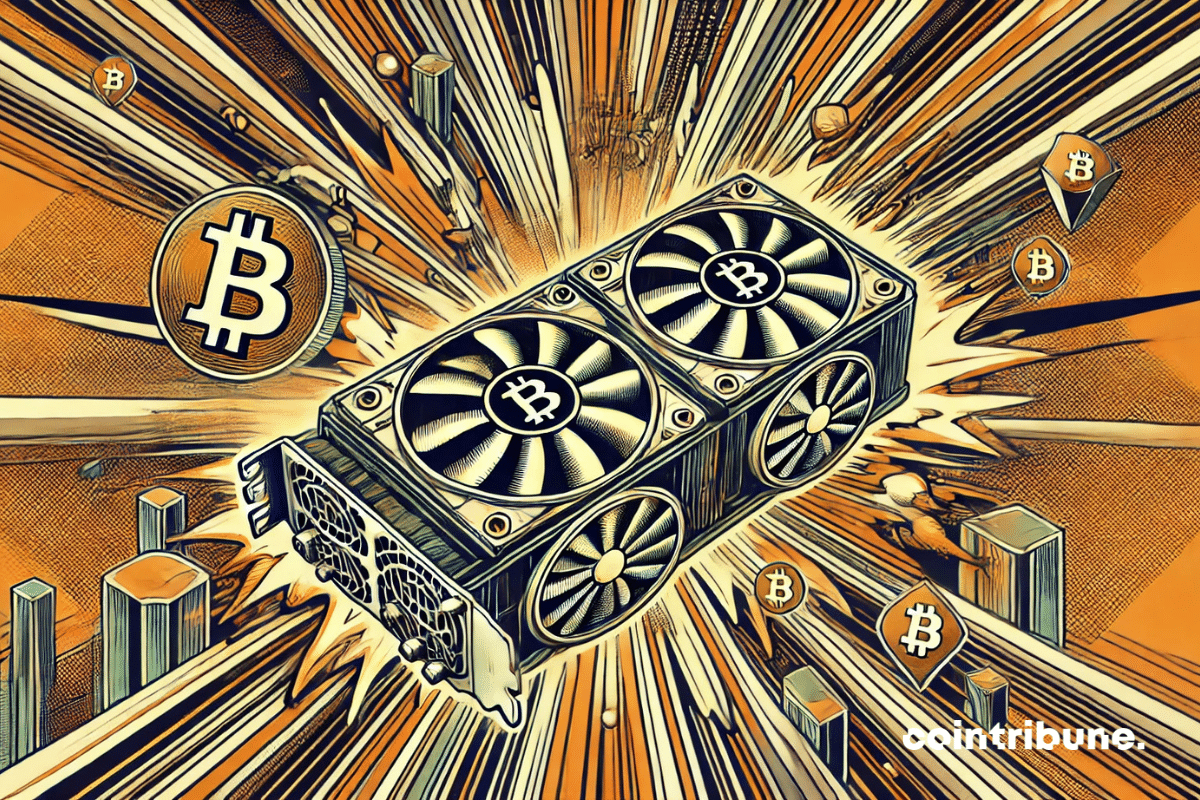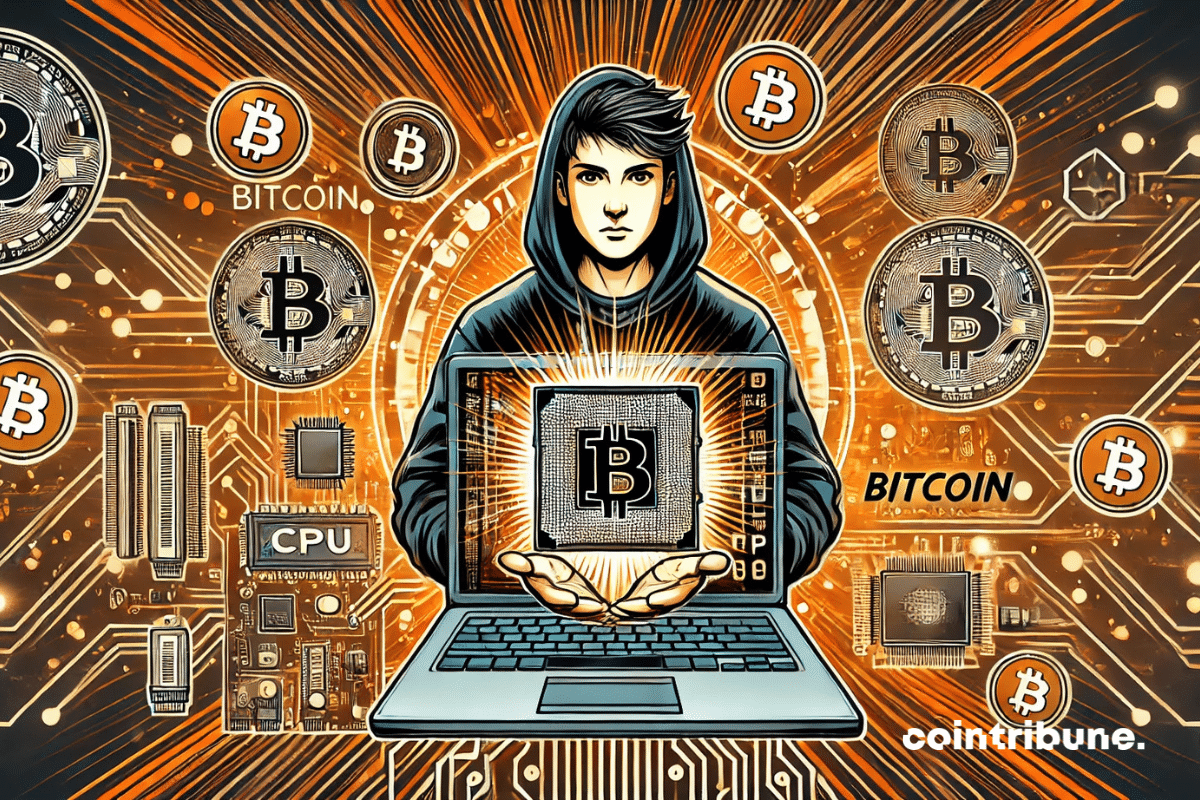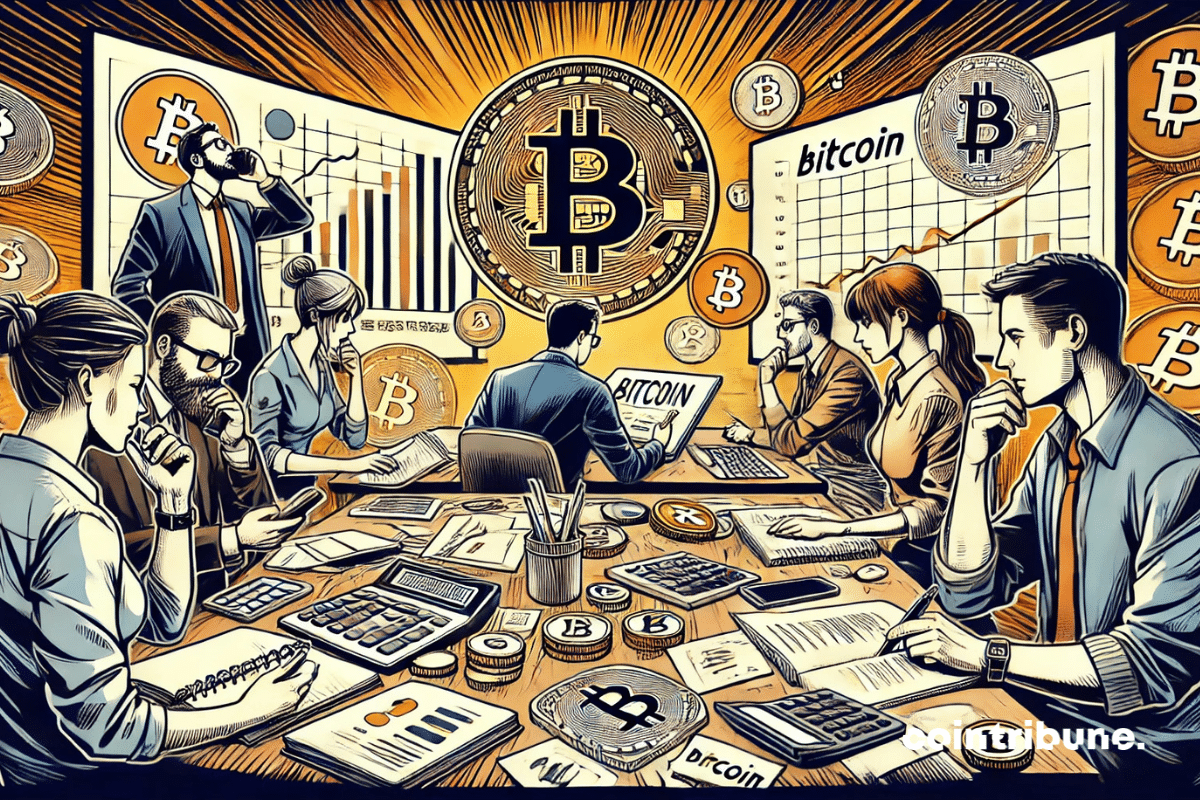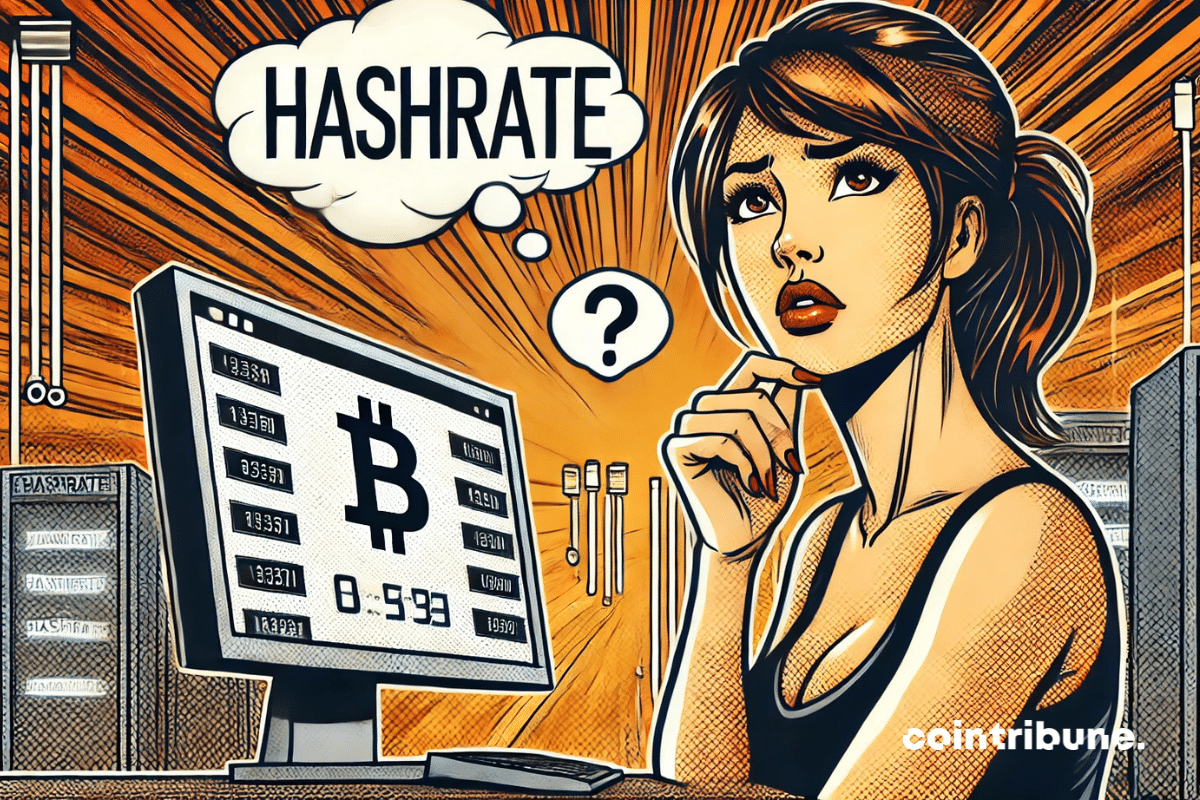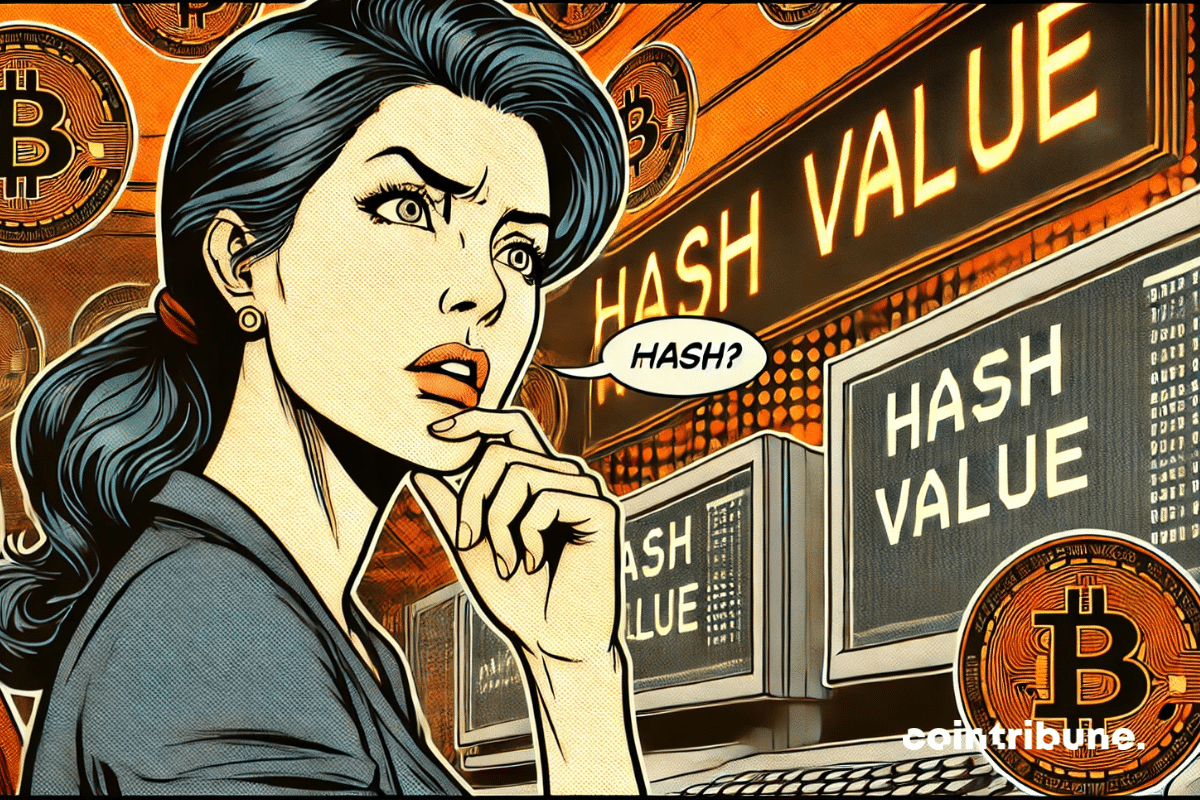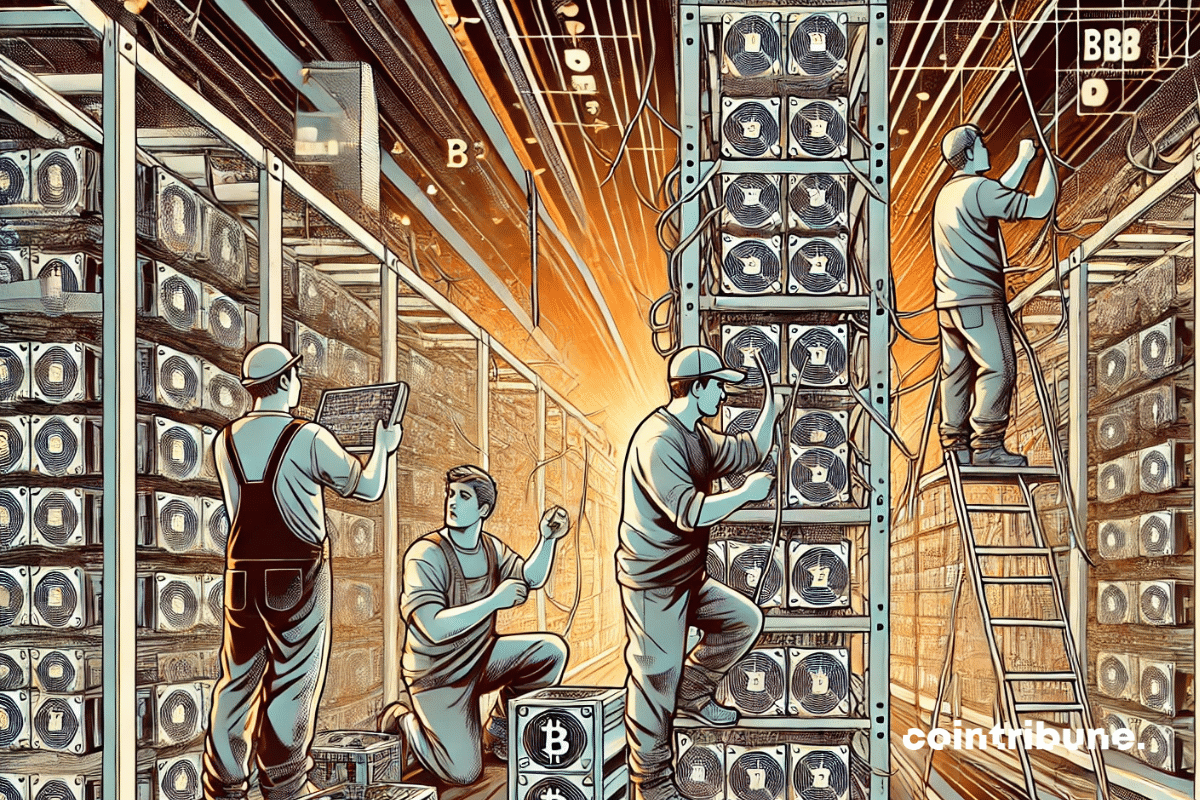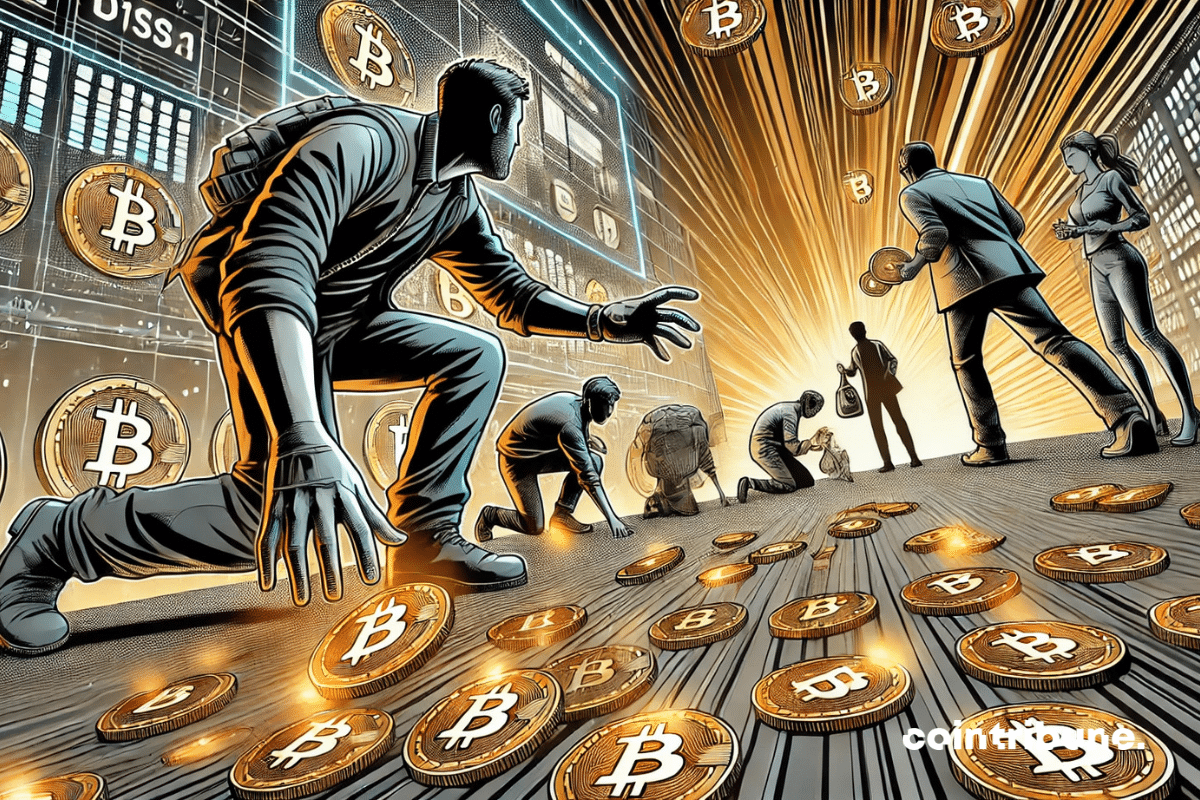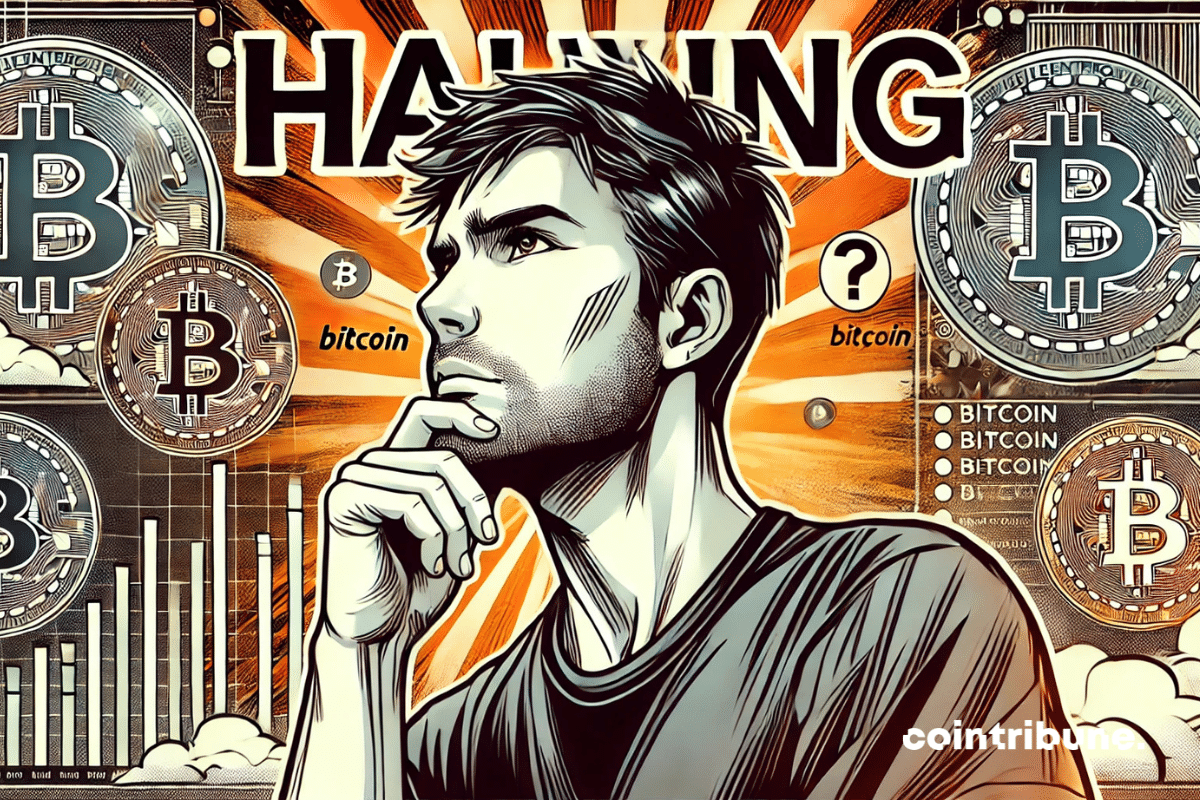Taiwanese youth are enjoying life as if nothing were happening. Yet, the threat of a Chinese invasion has never been more present. And when the Chinese Communist Party launches the offensive, we will officially enter a 3rd world war.
Article long
Financial markets are on the brink of a new cycle of monetary easing, marked by strategic decisions from major central banks. Following the American Federal Reserve, which began reducing its key interest rates last September, it is now the People's Bank of China (PBOC) that is preparing to take the lead. Beijing plans to lower its interest rates further to stimulate the economy and counter the heightened deflationary pressure on the yuan, a phenomenon that worries Chinese authorities and weighs on investor confidence. In light of this situation, Arthur Hayes, co-founder of BitMEX and macroeconomic analyst, anticipates a chain reaction in the financial markets. He asserts that the combination of a looser monetary policy in China and a favorable environment in the United States will enhance the appeal of alternative assets, particularly bitcoin and cryptocurrencies. According to him, this injection of liquidity, coupled with a reorientation of institutional capital, could trigger a massive rally in the cryptocurrency market during the year 2025.
The crypto market is in perpetual turmoil, and Dogecoin is one of its protagonists today. Within a week, its price surged by 21%, surpassing competitors like Shiba Inu, Pepe, and Bonk. This performance is no coincidence. Institutional investors and wealthy individuals have massively positioned themselves on the asset, as evidenced by the purchase of 1.08 billion DOGE for an estimated value of 413 million dollars. A notable transaction of 399.9 million DOGE, equivalent to around 144.9 million dollars, was also transferred from Binance to an unknown wallet, a movement often perceived as a bullish signal indicating a reduction in selling pressure. For some observers, the asset could finally cross the symbolic barrier of 1 dollar by the end of the year, thus propelling its market capitalization to 100 billion dollars. However, does this momentum rest on solid fundamentals, or is it merely a speculative frenzy? Amid strategic accumulations, optimistic analyses, and favorable political contexts, Dogecoin may well be on the brink of a new bullish cycle.
Social media has become much more than just simple exchange platforms. Today, they are the battleground of an ideological clash between freedom of expression, content moderation, and user engagement. Every modification to the rules governing these digital spaces sparks passionate debates, and X (formerly Twitter) is no exception. Recently, Elon Musk announced a revamp of X's algorithm, which aims to prioritize educational and informative content at the expense of those deemed too negative. According to him, this update addresses a central issue: some posts encourage excessive consumption of the social network without truly enriching users' experiences. However, this decision has quickly provoked criticism. Many users denounce a risk of control over information and question the criteria that will define "negativity." Some see it as a form of masked censorship, while others view this change as an attempt to influence how debates are organized on the platform.
Inflation in the eurozone continues to receive close attention as markets monitor the release of December's figures. According to FactSet estimates, consumer prices are expected to rise by 2.4% year-on-year, up from 2.2% in November. This increase, although moderate, raises questions about the path the European Central Bank (ECB) is set to take. On one hand, some investors are betting on a rapid monetary easing, convinced that inflation will gradually return to the ECB's target of 2%. On the other hand, the sustainability of underlying inflation at 2.7%, fueled by rising prices of services and food products, urges the central bank to exercise caution. As the ECB prepares for its first meeting of the year on January 30, the balance between supporting the economy and controlling prices looks particularly delicate.
The Solana network is undergoing an unprecedented expansion phase, driven by massive adoption of memecoins and a significant rise in speculative activity. However, this dynamics raises questions within the community of project founders on the Blockchain. According to a survey conducted by Blockworks Research, 76% of them believe that memecoins play a beneficial role in the ecosystem, while 16% consider artificial intelligence (AI) agents to be an overrated technology. These results reflect an increasing gap between two major trends: on one side, the enthusiasm for highly volatile assets, and on the other, skepticism regarding new AI applications in Web3.
The center of gravity of the global economy is gradually shifting towards new alliances. In the face of the waning influence of Western institutions, another bloc is consolidating its power. Since January 1, 2025, the BRICS have taken a new step by welcoming nine partner states. This expansion, decided at the Kazan summit in October 2024, reinforces their political and economic weight and broadens their grip on emerging markets. Now, the organization represents 51% of the global population and generates 40.4% of global GDP in purchasing power parity.
As digital innovations profoundly transform our habits, Elon Musk is preparing to take a significant step with the launch of X Money. This payment system, directly integrated into the X platform (formerly Twitter), could redefine the standards in the realm of digital payments. A recent code leak, revealed by a researcher, has reignited rumors of an imminent launch, well ahead of the officially announced date for this year, 2025. If this information is confirmed, X Money promises to introduce unprecedented features, particularly the potential support for cryptocurrencies like Bitcoin and Dogecoin. Through this project, the X platform aims to become a key player in digital transactions, raising questions about its economic and regulatory impact.
Cryptocurrencies, once considered a marginal phenomenon, have gradually established themselves as a central element of the global financial ecosystem. This major shift is illustrated by a promising new perspective. Matthew Sigel, head of research at VanEck, stated that the likelihood of an ETF (Exchange-Traded Fund) on Solana being approved in the United States during the year 2025 is high, but exceeds current forecasts. Sigel asserts that Polymarket's 77% estimates underestimate this potential, a statement that reignites the debate on the future of crypto derivatives and their role in transforming financial markets. This statement comes as institutional investors and U.S. regulators attempt to balance innovation with legal frameworks. In this context, the eventual approval of a Solana ETF could significantly broaden access to the crypto market, attracting both capital and institutional players. If these projections materialize, they would mark a significant milestone in the integration of these assets within traditional portfolios.
Since January 1, 2025, the French real estate sector is entering a new era. The changes go beyond a simple revision of previous rules. They reflect a political will to strengthen ecological requirements and adapt the tax framework to an uncertain economic context. The ban on renting energy-rated G housing, for example, embodies this priority given to the energy transition. At the same time, major fiscal upheavals, such as the end of the Pinel scheme or the postponement of the Zero-Rate Loan, are redefining incentives for investors and households. Finally, the continuation of the "anti-Airbnb law" and the stability of notary fees complete this picture of reforms, where each measure shapes the delicate balance between the expectations of property owners, the needs of tenants, and environmental imperatives. These adjustments, far from being anecdotal, herald a profound transformation of the real estate market.
Decentralized finance (DeFi) continues to demonstrate its potential, and Aave is today one of the most eloquent examples of it. Indeed, the platform has reached $33.4 billion in net deposits, surpassing the record levels of 2021, which marked a major turning point for the crypto sector. This staggering figure is not just a simple statistic, but a reflection of an ever-evolving dynamic. The DeFi ecosystem, driven by technological innovations and growing adoption, is transforming into a credible alternative to traditional financial institutions. In this context, Aave is redefining standards by diversifying its markets and strengthening its offerings, attracting both investors and developers. This performance illustrates the platform's robustness, but also the growing maturity of a sector in search of expansion and security.
Experts at Steno Research forecast that 2025 will mark a major milestone in the history of cryptocurrencies. According to their report, Bitcoin could reach $150,000 and Ethereum $8,000, unprecedented levels. These projections are based on an increasingly favorable regulatory framework, coupled with growing institutional adoption. Meanwhile, economic conditions, characterized by falling interest rates and improving liquidity, bolster growth prospects. The introduction of ETFs dedicated to Bitcoin and Ethereum in the United States, which are expected to attract massive investments, illustrates this positive momentum. As the sector moves towards greater recognition, it may redefine its standards and offer new opportunities for innovation.
How to know how much you can earn from BTC mining? Discover the answer in this comprehensive guide to bitcoin mining. Before knowing how much bitcoin mining can yield, one must first understand how this activity works.
Are you interested in bitcoin (BTC) mining but don't know how to get started? Mining can be an effective way to earn cryptocurrency income, provided you have the right hardware. GPUs, or graphics cards, are powerful processors designed to quickly handle complex calculations. Faster than CPUs, they can extract larger amounts of bitcoins. By the end of this article, you will have all the knowledge you need to start mining bitcoins with your graphics card!
Mining involves using powerful computers to solve complex problems and validate transactions on the blockchain. Among the equipment used to mine Bitcoin, ASICs are certainly the most widespread in the industry. Discover everything you need to know to get started with ASIC mining!
Are you interested in mining Bitcoin (BTC) and hesitating to start with a processor (CPU)? Know that it is entirely possible to mine Bitcoin using the processing power of your computer. In fact, it is an easy way to get started in cryptocurrency mining, as you do not need expensive hardware or special knowledge. In this article, we will guide you through your first steps in CPU mining.
Have you ever heard of FPGA? It is a type of hardware used for mining cryptocurrency, whose popularity continues to grow. This article covers all the necessary steps to mine Bitcoin (BTC) with this device. But before diving into the heart of the matter, let’s start by defining the concept and what the advantages and disadvantages of this practice are.
Are you looking for the best software to mine Bitcoin (BTC)? If so, you're in luck! In this article, we will give you an overview of some of the most popular software for Bitcoin mining. We will explain the different features of each solution and discuss the advantages and disadvantages to help you decide which one is best suited to your needs.
The Stratum mining protocol is an essential component of the Bitcoin (BTC) network. It allows mining software to connect efficiently and securely to the blockchain, optimizing the mining process. Developed in 2012, Stratum has since become the most popular protocol used for mining bitcoins. In this post, we will explore the definition of this technology and the reasons why it is so important for Satoshi Nakamoto's network.
Bitcoin is a popular cryptocurrency that facilitates secure and decentralized exchanges. Each transfer of bitcoins from one user to another is a mathematically verified operation to ensure the reliability of exchanges. Let's see how these calculations take place in the network and how they contribute to the bitcoin mining process.
The hash rate or hashing rate in French is a measure that indicates the mining power of a computer per second. It is closely monitored by blockchain professionals because it allows for measuring the speed of Bitcoin mining. In summary, it is a data point used to evaluate the number of crypto-assets that can be mined with a given hardware. How is this rate measured? How does it vary? And what is its importance for miners and investors?
Bitcoin mining is the process by which new units of bitcoins (BTC) are created. It is an effective method if you want to acquire Bitcoin. But before you dive into this activity, you may be wondering how long it takes to generate BTC. In this article, we will explore this question in depth. You will discover, among other things, how difficulty, hash rate, and other parameters influence this metric.
Bitcoin is a digital currency that has quickly gained popularity in recent years. One of the key components of Bitcoin is the hash value, which is a unique identifier associated with each transaction and each Bitcoin block. In this article, we will explore what a hash value is and why it is so important for the Bitcoin blockchain.
The hashprice is a very important metric for crypto miners. It is particularly useful when it comes to determining the profitability of their operations. Therefore, if you are interested in Bitcoin (BTC) mining, or if you are simply a cryptocurrency enthusiast, you will probably want to learn more about it. This article explains in detail what hash price is and why it is so relevant in the crypto industry.
Initially, Bitcoin (BTC) mining was an activity practiced exclusively by a handful of insiders. However, over time, more and more people began to engage in it. As the phenomenon grew, mining farms started to emerge. In this article, we will explore what these platforms are, how they operate, and why they are interesting. We will also look at how they are powered, whether they are profitable, and what their future holds.
Building a crypto mining farm is an attractive solution for investors interested in cryptocurrencies. However, it requires a significant commitment in terms of time and money. Therefore, you must fully understand all the nuances surrounding this topic before diving in. In this article, we will review the essential elements for setting up a dedicated bitcoin mining farm. Next, we will show you how to maintain it to get the best return in the long term. Finally, we will discuss the best locations to start such a project as well as the costs associated with this type of installation.
Bitcoin mining is an activity that can be very lucrative when conducted properly. It requires basic knowledge, as well as mastery of certain skills. But above all, it necessitates the use of adequate resources. This implies a significant financial investment if you want to maximize your chances of profit. However, this is far from being accessible to everyone. Fortunately, there are ways to obtain BTC without spending money. In this article, we will review these different methods.
Bitcoin is the first successful attempt at a decentralized digital currency. Created in 2009 by Satoshi Nakamoto, this cryptocurrency has experienced explosive popularity, reaching over 1 trillion dollars in market capitalization. When you try to acquire bitcoin (BTC), there are two main options available to you: purchasing on exchanges and mining. The latter is subject to a phenomenon called halving, which halves the reward per block every four years. This leads many investors to question the profitability of bitcoin mining. In this article, we aim to provide a clear and transparent answer to this question.
If you cannot afford to invest in mining equipment or if you want to mine bitcoin for free, then you are in the right place. In this article, we present five websites you can use to mine satoshis without spending any money. Before you start, we must warn you about the illegal practices you may expose yourself to in this desire for free services. Indeed, the majority of platforms that will offer you to mine crypto without compensation are actually scams. Therefore, be cautious.
The halving is a periodic event that occurs every four years on the Bitcoin blockchain. It involves halving the rewards given to Bitcoin miners, who are responsible for mining bitcoins. The halving is a highly anticipated event in the crypto universe, but what does it exactly consist of? What is its significance? And when will the next halving take place?

